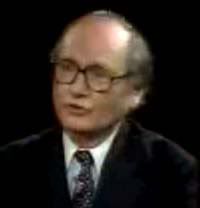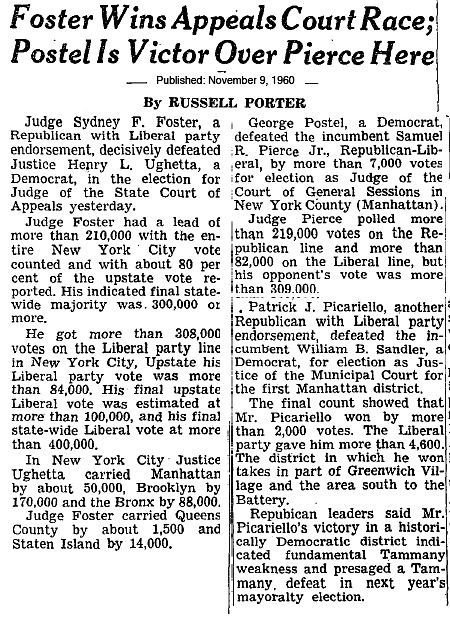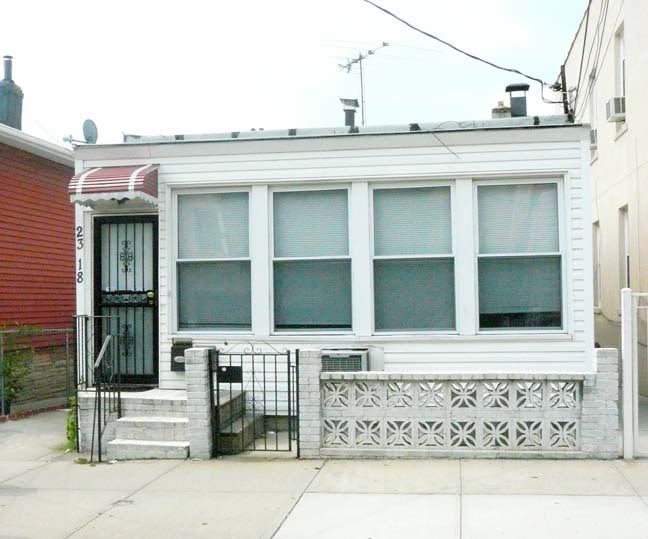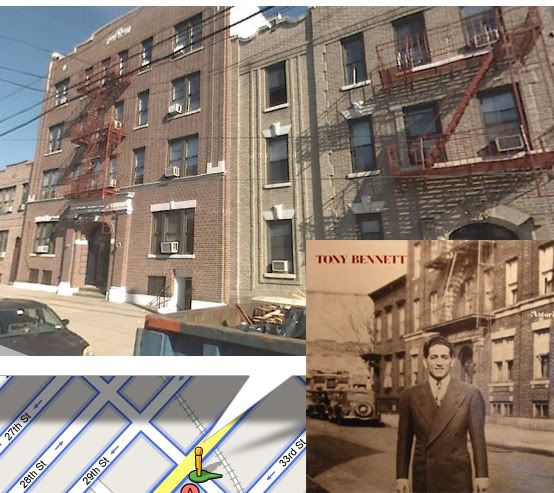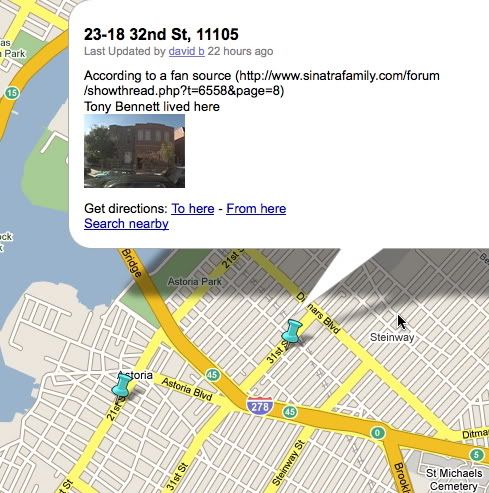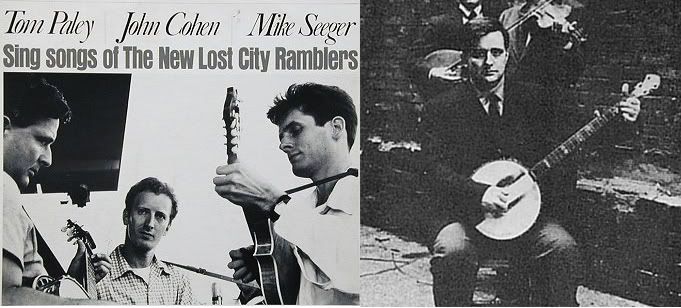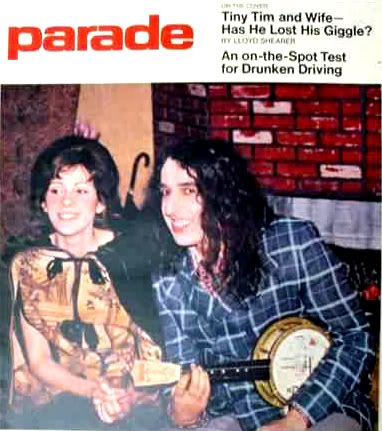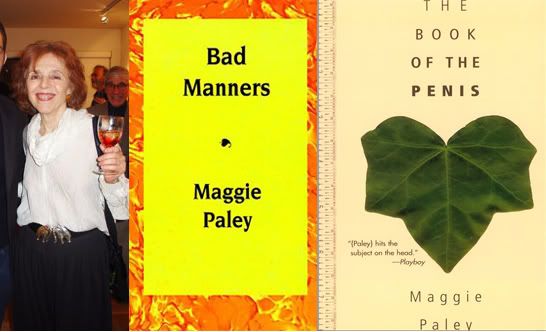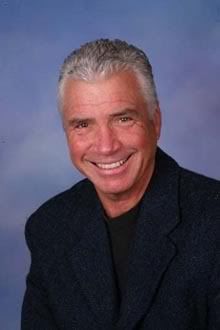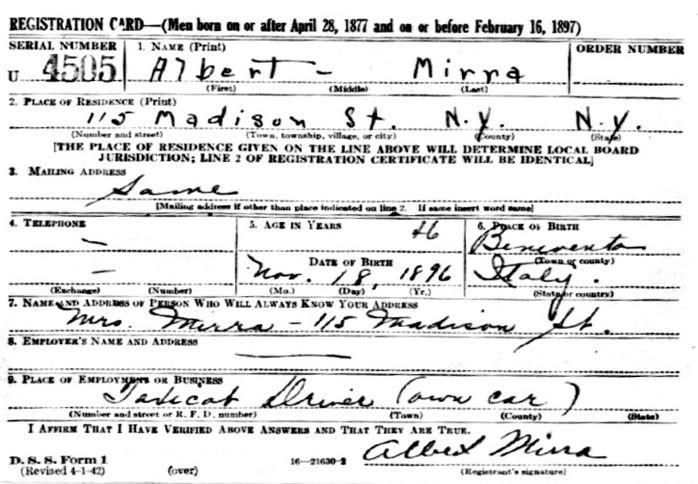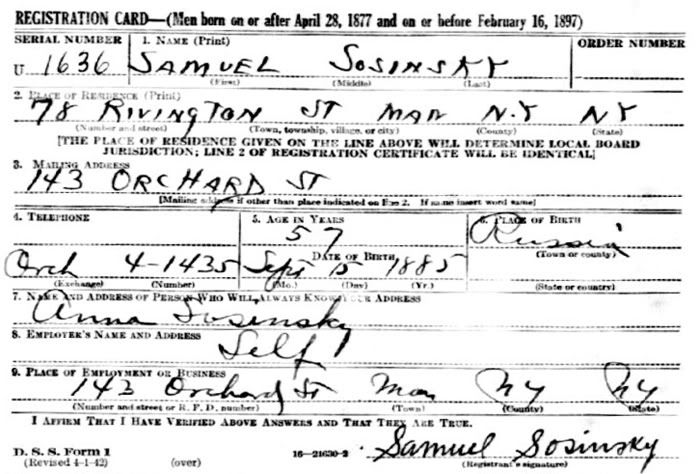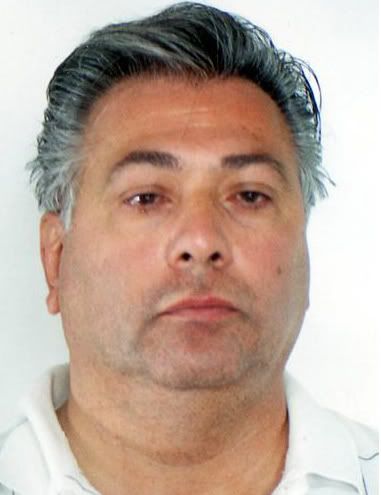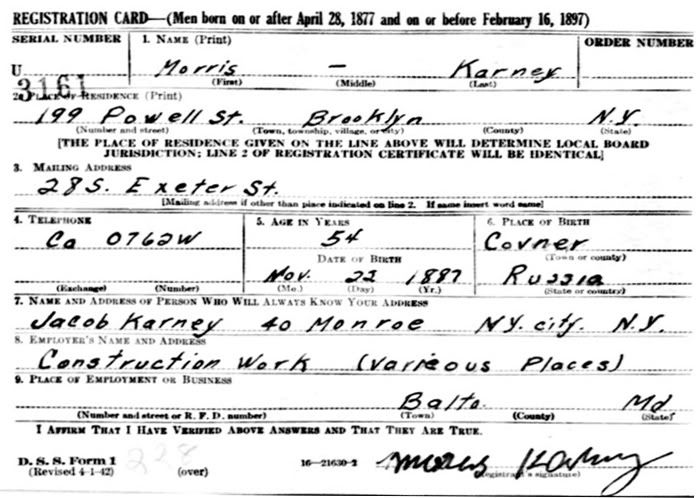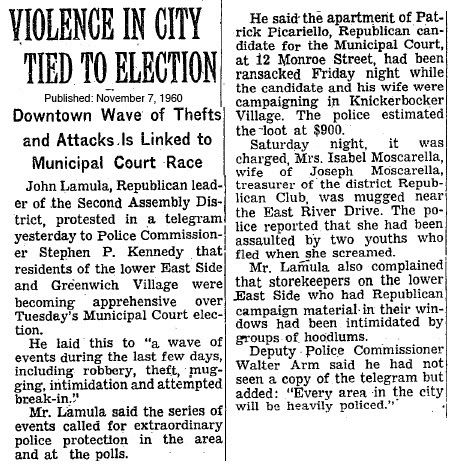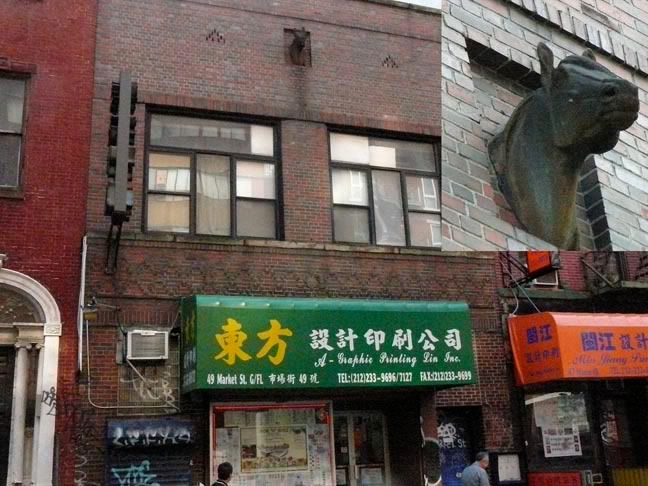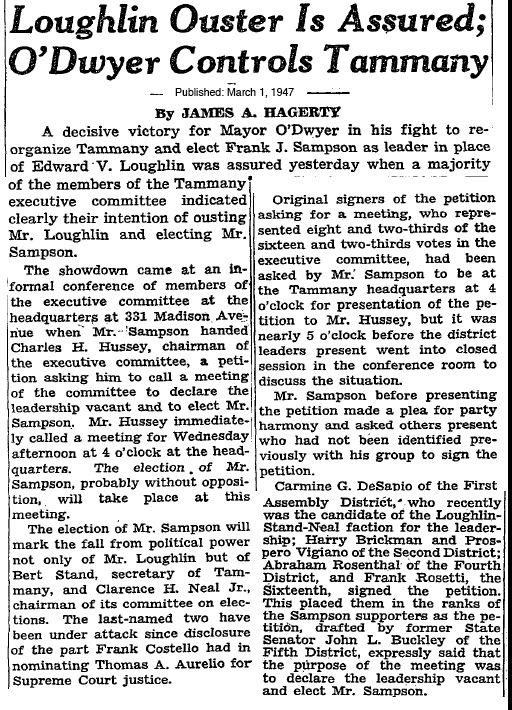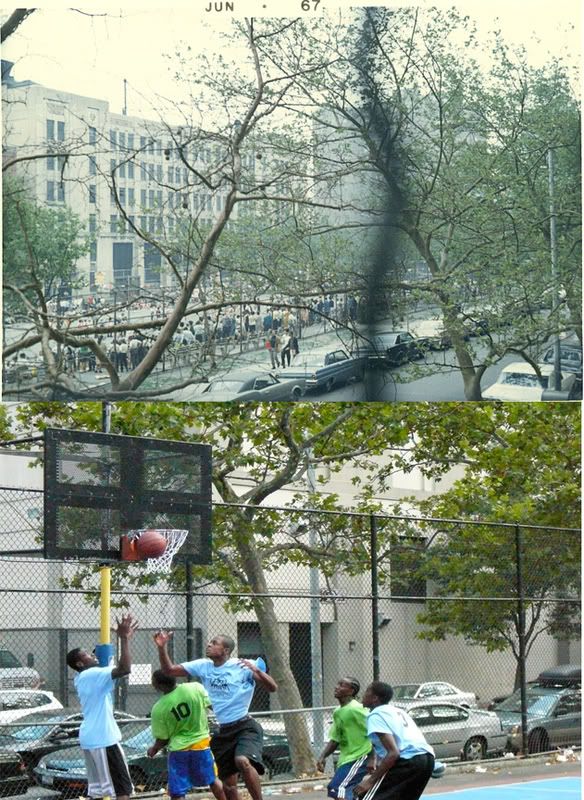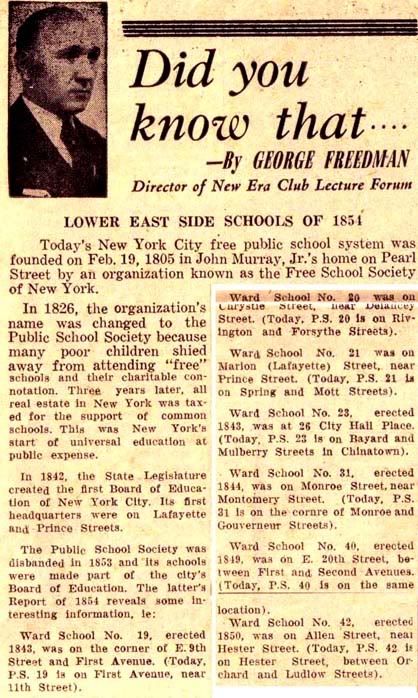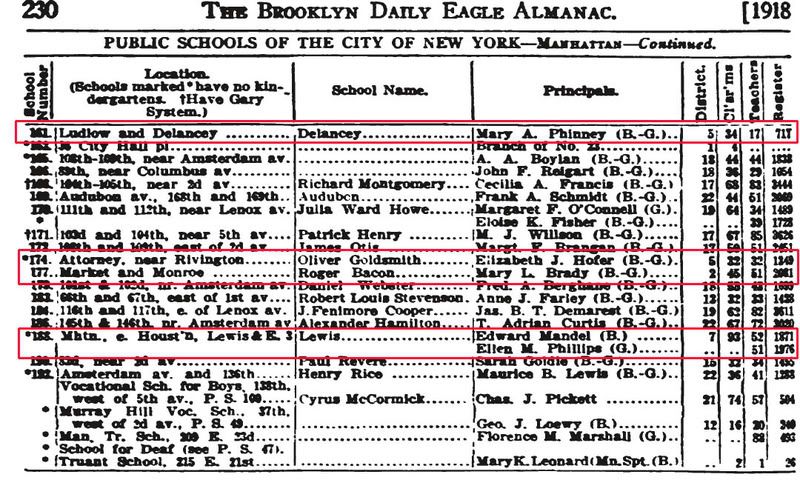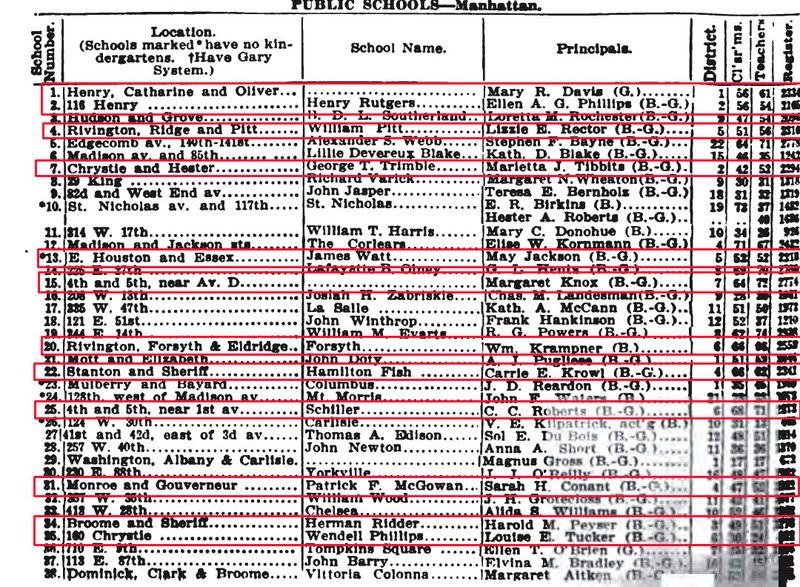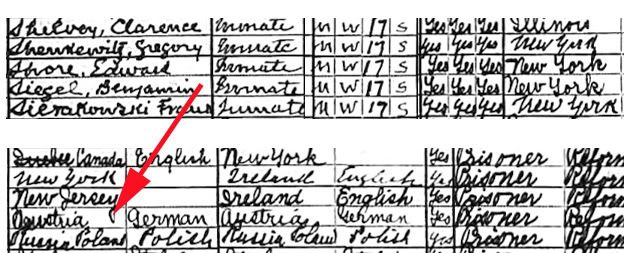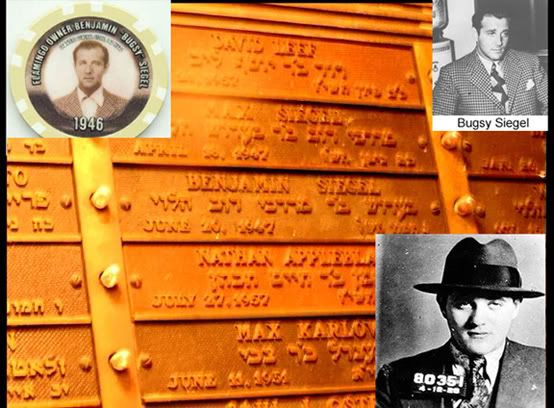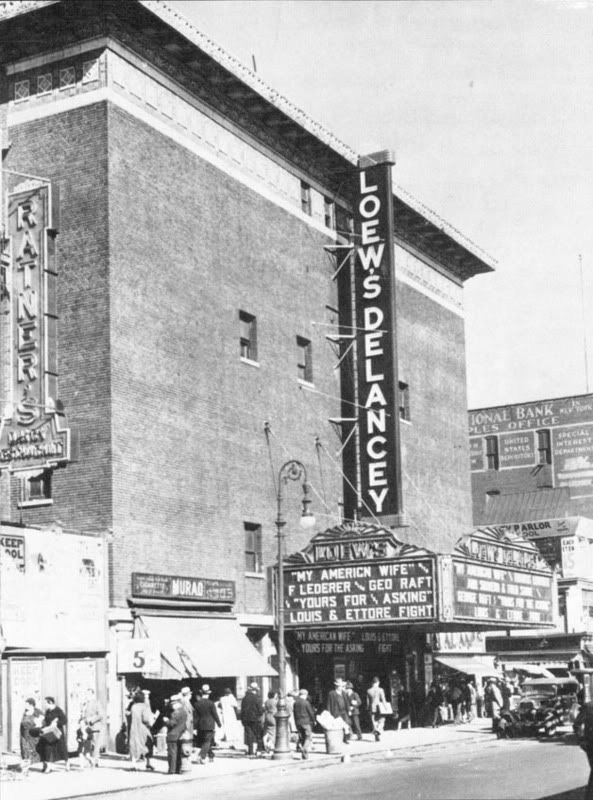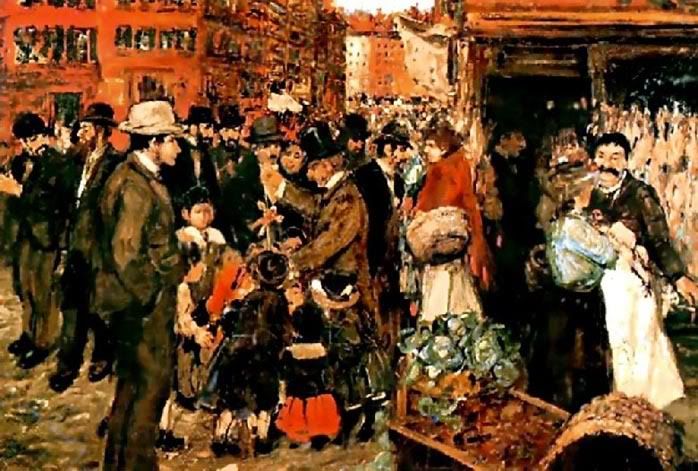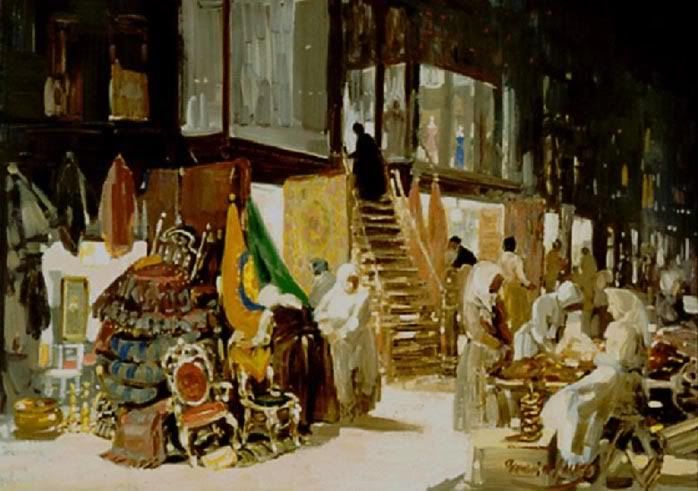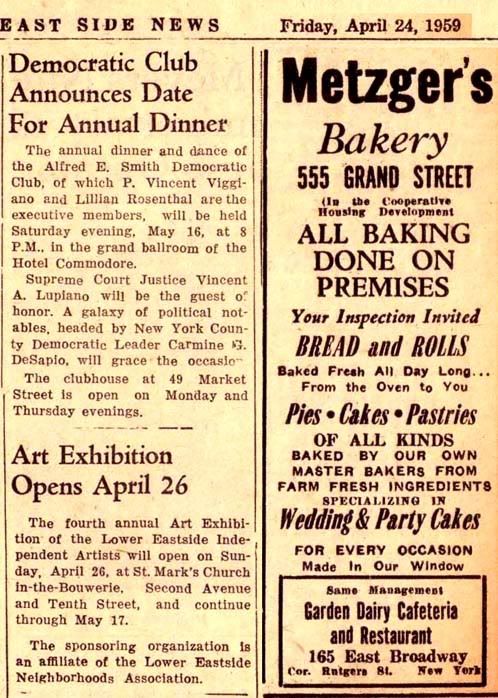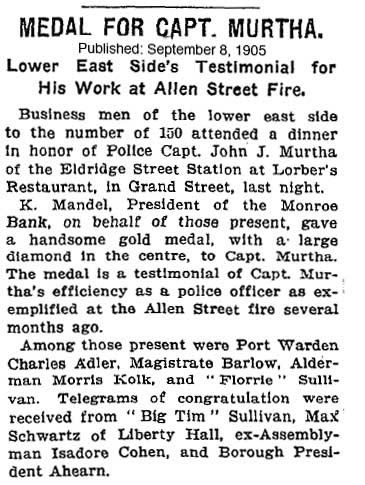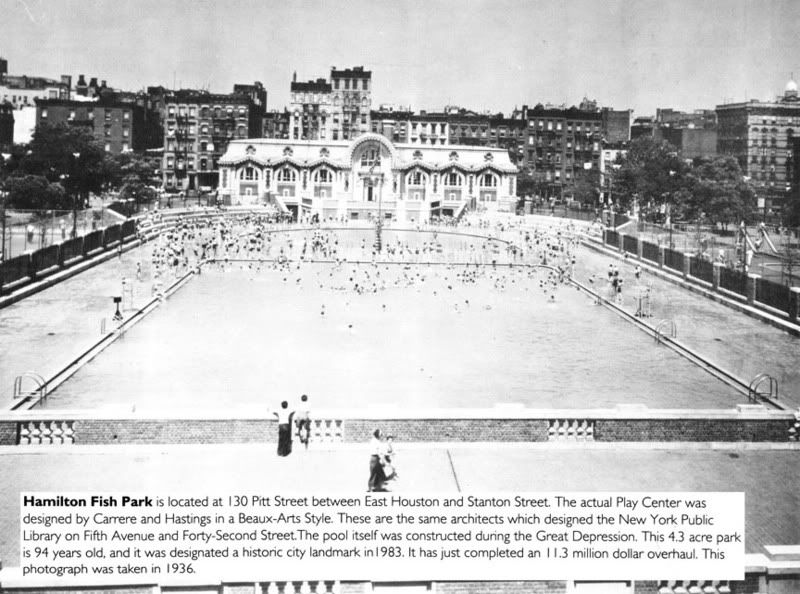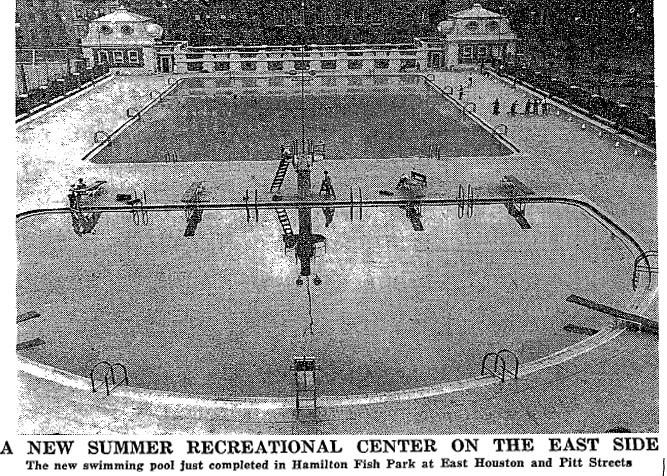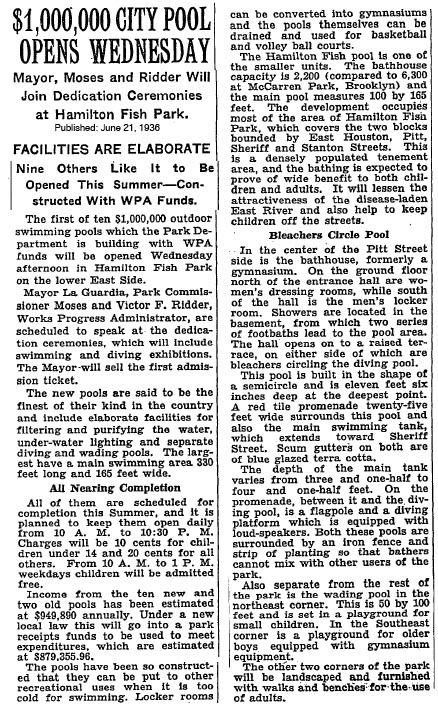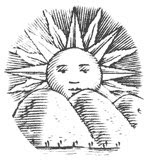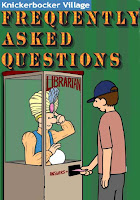I know, this is a real stretch, but I wanted to show off my original lyric, adapted from the LES all star Yip Harburg.
As for Sarkozy (read about his roots here) , he's a one half Greek Sephardic Jew, just like the webmaster. I just wish I had his kavorka with women
audio by the Singers' Unlimited
Obama in Paris, groupies in blossom
All of France buckle their knees
Obama in Paris, this is a feeling
No one can ever reprise
They never knew the charm of Barack
They never met him face to face
So easily were their hearts hijacked
John should just concede the race
Till Obama in Paris,
Sarkozy be careful too
What has he done to.. Carla's heart ?
from the nytimes, Maureen DowdIt could have been a French movie.
Passing acquaintances collide in a moment of transcendent passion. They look at each other shyly and touch tenderly during their Paris cinq à sept, exchange some existential thoughts under exquisite chandeliers, and — tant pis — go their separate ways.
Sarko, back to Carla Bruni. Obama, forward to Gordon Brown. A Man and a Man. All it needed was a lush score and Claude Lelouch.
Even for Sarkozy the American, who loves everything in our culture from Sylvester Stallone to Gloria Gaynor, it was a wild gush over a new Washington crush.
Sarko is right and Barack is left. One had a Jewish grandfather, the other a Muslim one. The French president is a frenetic bumper car; the Illinois senator is, as he said of the king of Jordan’s Mercedes 600, “a smooth ride.”
But the son of a Hungarian, who picked a lock to break into the French ruling class, embraced a fellow outsider and child of an immigrant who had also busted into the political aristocracy with a foreign-sounding name.
After 200,000 people thronged to see Obama at the Victory Column in Berlin, christening him “Redeemer” and “Savior,” it turned out Sarko was also Obamarized, as the Germans were calling the mesmerizing effect.
“You must want a cigarette after that,” I teased the candidate after the amorous joint press conference, as he flew from Paris to London for the finale of his grand tour.
“I think we could work well together,” he said of Sarko, smiling broadly.
He did not get to meet his fan, Carla Bruni. “She wasn’t there,” he said. “Which I think disappointed all my staff. That was the only thing they were really interested in.”
He admitted showing “extraordinarily poor judgment” in leaving Paris after only a few hours. Watching Paris recede from behind the frosted glass of his limo was “a pretty good metaphor” for how constricted his life has become, he said, compared with his student days tramping around Europe with “a feeling of complete freedom.”
“But the flip side is that I deeply enjoy the work,” he said, “so it’s a trade-off.”
How do you go back to the Iowa farm after you’ve seen Paree?
“One of the values of this trip for me was to remind me of what this campaign should be about,” he said. “It’s so easy to get sucked into day-to-day, tit-for-tat thinking, finding some clever retort for whatever comment your opponent made. And then I think I’m not doing my job, which should be to raise up some big important issues.”
I asked how his “Citizen of the World” tour will go down in Steubenville, Ohio.
“There will probably be some backlash,” he said. “I’m a big believer that if something’s good then there’s a bad to it, and vice versa. We had a good week. That always inspires the press to knock me down a peg.”
He thinks most people recognize that “there is a concrete advantage to not only foreign leaders, but foreign populations liking the American president, because it makes it easier for Sarkozy to send troops into Afghanistan if his voting base likes the United States.”
How does he like the McCain camp mocking him as “The One”?
“Even if you start believing your own hype, which I rarely do, things’ll turn on you pretty quick anyway,” he said. “I have a fairly steady temperament that has at times been interpreted as, ‘Oh, he’s sort of too cool.’ But it’s not real.”
Obama kept his cool through a week where he was treated as a cross between the Dalai Lama and Johnny Depp.
A private prayer he left in the holy Western Wall in Jerusalem was snatched out by a student at a Jewish seminary and published in a local newspaper. In Berlin, the tabloid Bild sent an attractive blonde reporter to stalk Obama at the Ritz-Carlton gym as he exercised with his body man, Reggie Love. She then wrote a tell-all, enthusing, “I’m getting hot, and not from the workout,” and concluding, “What a man.”
Obama marveled: “I’m just realizing what I’ve got to become accustomed to. The fact that I was played like that at the gym. Do you remember ‘The Color of Money’ with Paul Newman? And Forest Whitaker is sort of sitting there, acting like he doesn’t know how to play pool. And then he hustles the hustler. She hustled us. We walk into the gym. She’s already on the treadmill. She looks like just an ordinary German girl. She smiles and sort of waves, shyly, but doesn’t go out of her way to say anything. As I’m walking out, she says: ‘Oh, can I have a picture? I’m a big fan.’ Reggie takes the picture.”
I ask him if he found it a bit creepy that she described his T-shirt as smelling like “fabric softener with spring scent.”
He looked nonplused: “Did she describe what my T-shirt smelled like?”
Being a Citizen of the World has its downsides.

